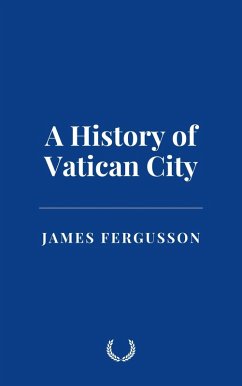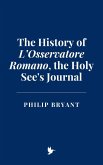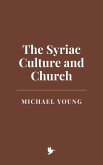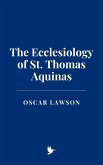Beginning with the origins of Christianity in Rome and the martyrdom of Saint Peter, the narrative examines the rise of the papacy, the consolidation of Church authority, and the enduring legacy of the early Christian community. It chronicles the pivotal moments that defined the Vatican's role in the medieval world, including the establishment of the Papal States, the power struggles with secular rulers, and the theological debates that culminated in events such as the Great Schism and the Reformation.
The Renaissance and Baroque periods are explored through the lens of artistic patronage and monumental architectural achievements, such as the construction of St. Peter's Basilica, which symbolized the Church's temporal and spiritual aspirations. The book also grapples with the challenges of modernity, from the loss of the Papal States during Italian unification to the seismic reforms of the Second Vatican Council, which redefined the Church's relationship with the modern world and other faiths.
The narrative addresses critical moments in the Vatican's diplomatic and moral leadership, including its complex role during World War II, its response to the global clergy abuse crisis, and its advocacy on pressing global issues such as climate change, migration, and social justice. It concludes with an analysis of Pope Francis's transformative vision for a Church that prioritizes humility, inclusivity, and engagement with the marginalized.
Drawing on historical analysis, theological insights, and primary sources, this book offers a nuanced and in-depth understanding of the Vatican's enduring significance. It illuminates the Vatican's ability to adapt and endure through centuries of upheaval, providing a testament to its role as a beacon of faith, a center of moral authority, and a symbol of resilience in an ever-changing world.
Dieser Download kann aus rechtlichen Gründen nur mit Rechnungsadresse in A, B, CY, CZ, D, DK, EW, E, FIN, F, GR, H, IRL, I, LT, L, LR, M, NL, PL, P, R, S, SLO, SK ausgeliefert werden.









